RETRACTION
Published on 04 Sep 2023
Retraction: An efficient ultrasound-assisted synthesis of Cu/Zn-hybrid MOF nanostructures with high microbial strain performance
doi 10.3389/fbioe.2023.1285154
- 1,039 views
22k
Total downloads
109k
Total views and downloads
Select the journal/section where you want your idea to be submitted:
RETRACTION
Published on 04 Sep 2023
RETRACTION
Published on 04 Sep 2023
RETRACTION
Published on 04 Sep 2023
ORIGINAL RESEARCH
Published on 11 Oct 2022

REVIEW
Published on 05 Aug 2022

REVIEW
Published on 06 Jul 2022
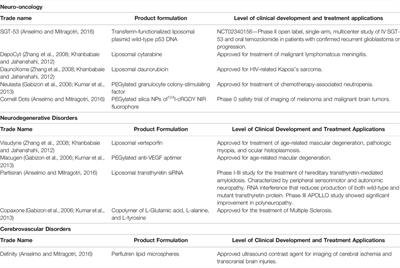
ORIGINAL RESEARCH
Published on 08 Jun 2022
ORIGINAL RESEARCH
Published on 05 Apr 2022
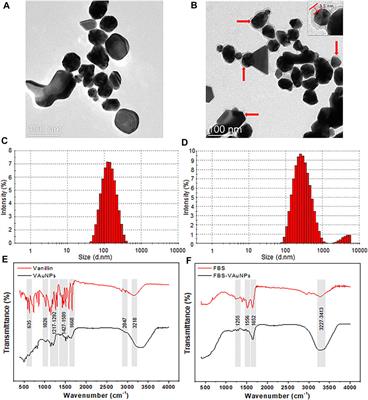
ORIGINAL RESEARCH
Published on 07 Mar 2022
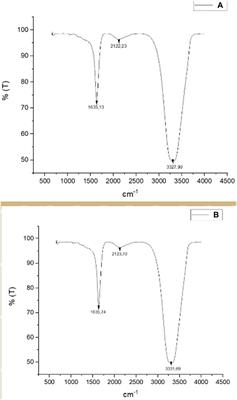
ORIGINAL RESEARCH
Published on 28 Feb 2022
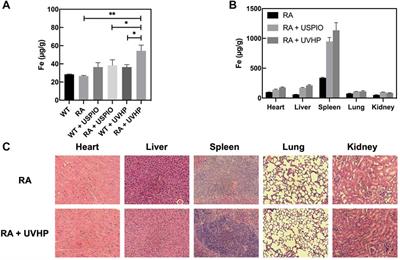
REVIEW
Published on 16 Feb 2022
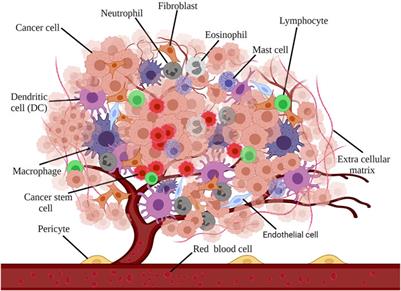
ORIGINAL RESEARCH
Published on 02 Feb 2022


Frontiers in Molecular Biosciences